The equestrian sculpture of Peter the Great was funded by the citizens of Riga and installed in 1910 to commemorate the bicentennial of Livonia's annexation to Russia. Its author was the German sculptor Gustav Schmidt-Sassel. Emperor Nicholas II and his family came to the opening.

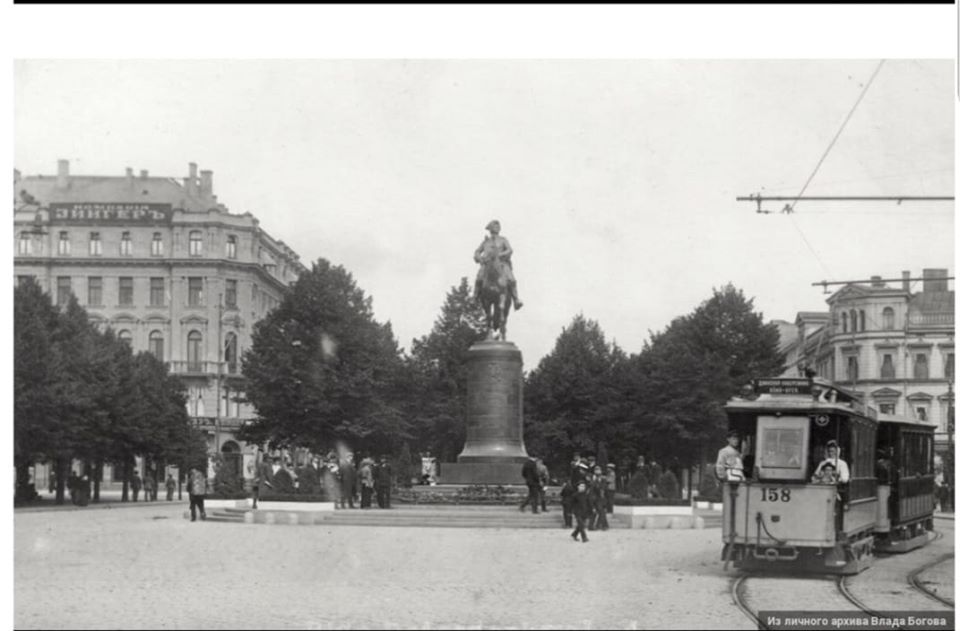
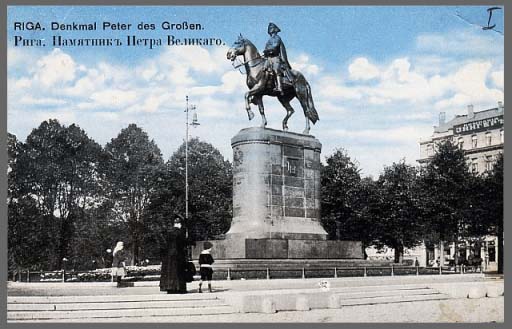
Just five years later, at the outbreak of World War I, the sculpture was evacuated by sea. The postcard is postmarked August 22, 1915. The war with Germany has been going on for three weeks, the German inscription is obscured. The text on the postcard even today is hard to read without excitement: “Imagine this place without Peter. I almost cried. Where is he now?” 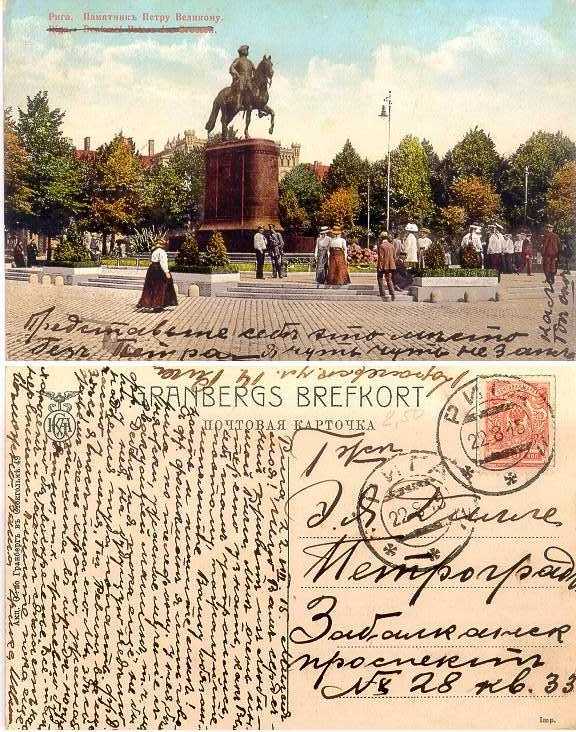
The ship was sunk by a torpedo near the Estonian island of Vormsi. In 1934, divers retrieved the sculpture from the bottom of the sea. The sculpture was blown up during the recovery, it broke into pieces and was damaged, 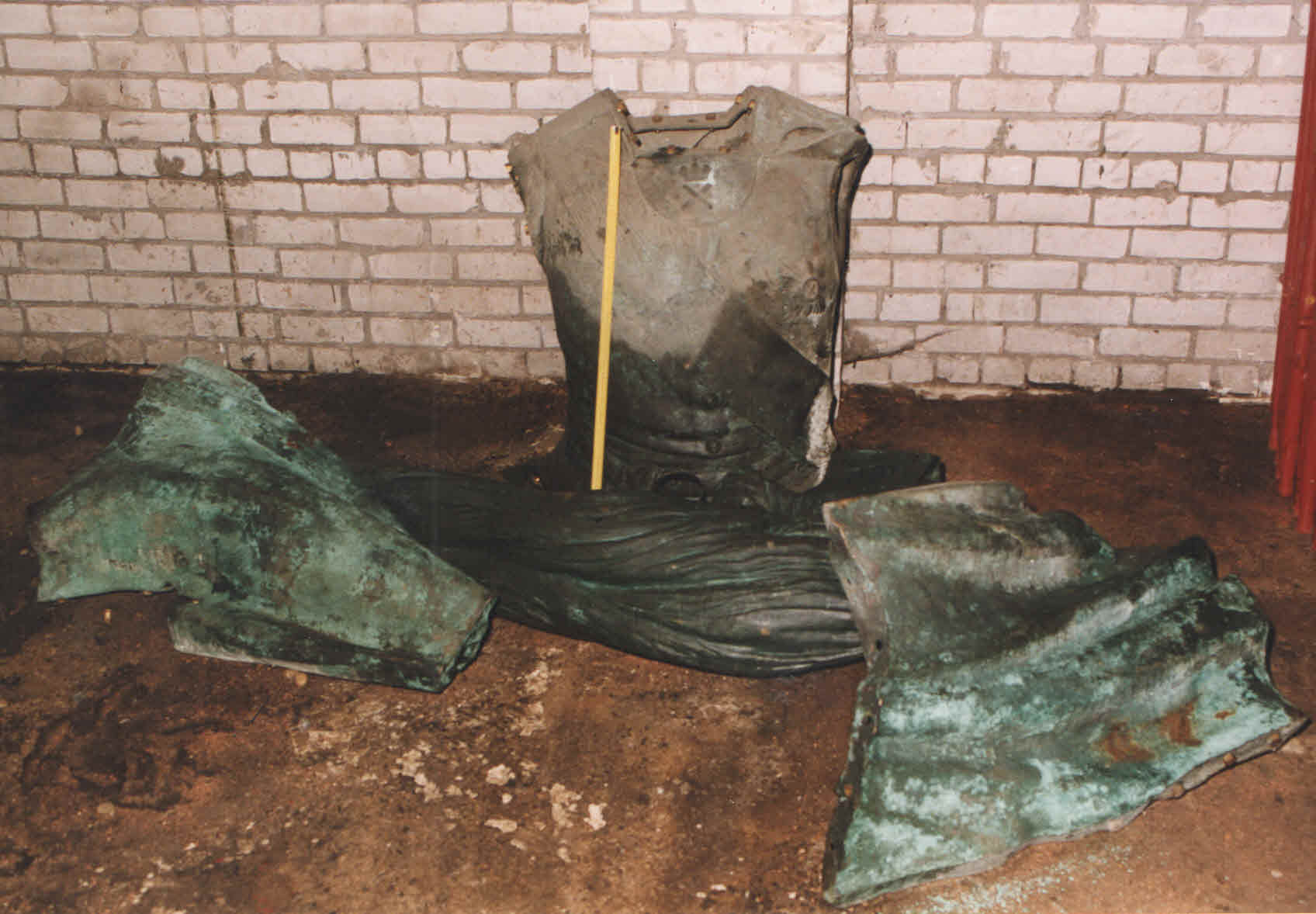 ,
,  ,
, 
but Latvia bought it back for 15 thousand Estonian kronas (about 90 thousand euros today). 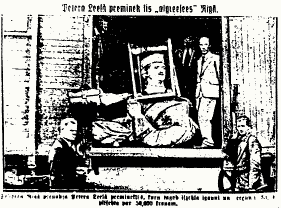
The former site was already occupied by the monument “Tēvzemei un Brīvībai”. Since then, the wreckage has been lying in different warehouses, some of it disappeared.
In 1997, experts from St. Petersburg recognized the sculpture as unrecoverable.  ,
,  ,
, 
In May 2000, the Teikas Nami company signed a contract with Riga City Council to restore the sculpture. The work was performed by St. Petersburg craftsmen - foundry manager Denis Gochiyaev and sculptor Alexei Murzin. 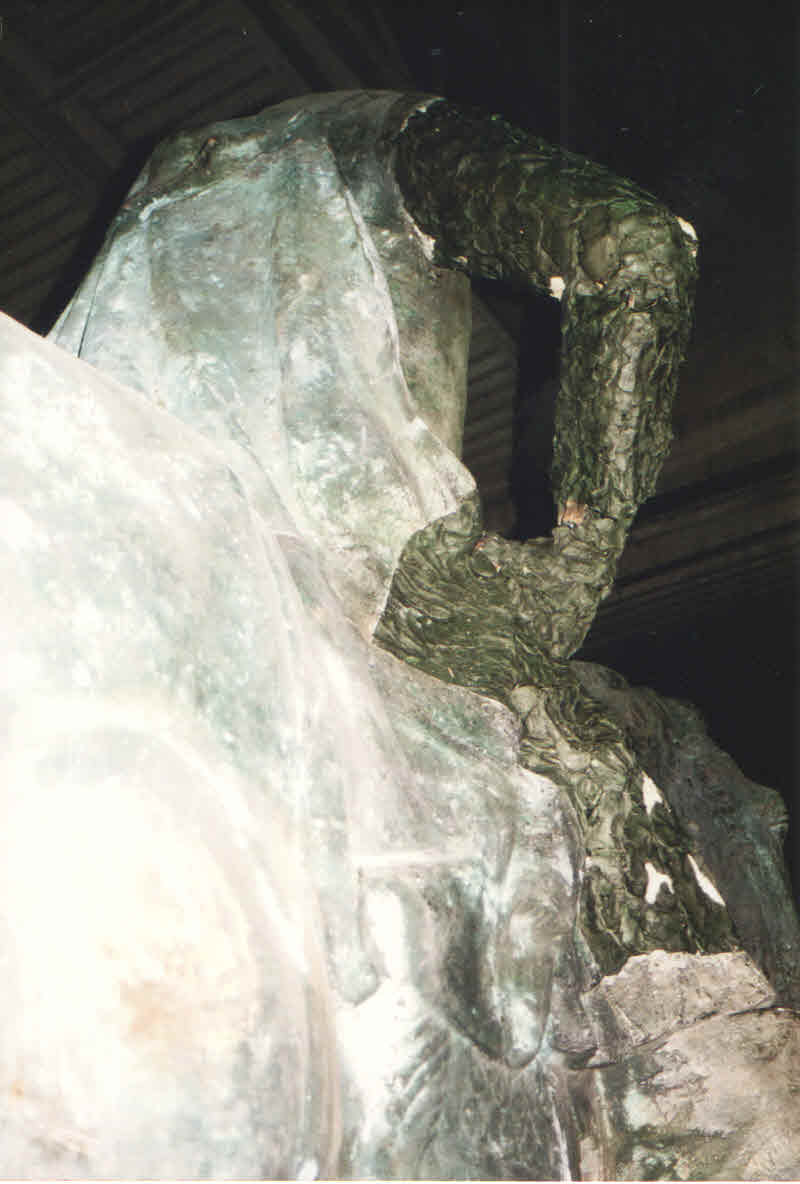 ,
, 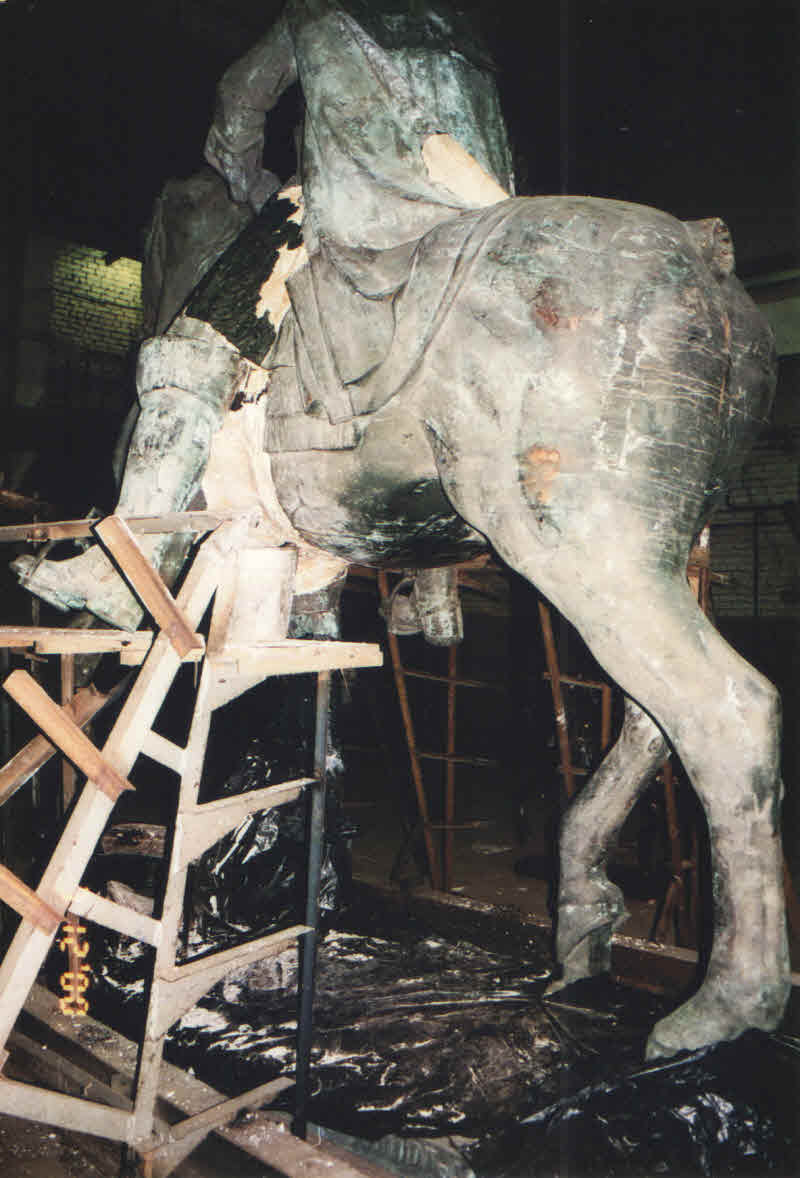 .
.
In August 2001, during the celebration of the 800th anniversary of Riga, the restored sculpture was displayed in Kronvalda Park. 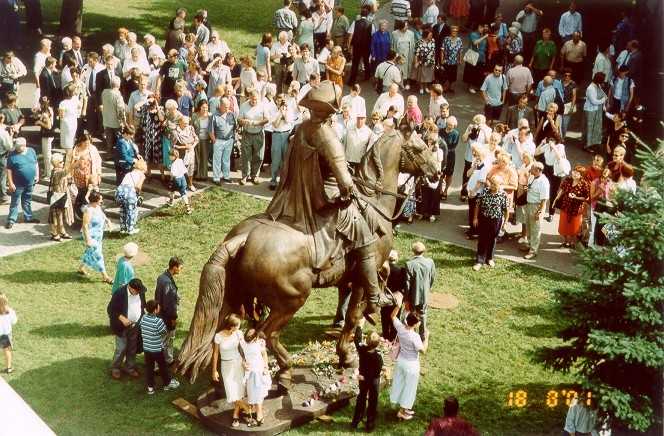 ,
,
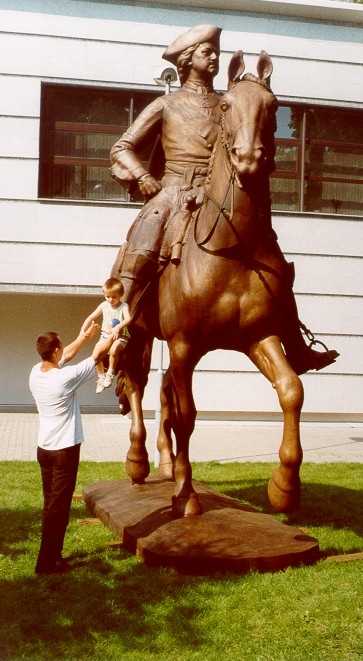 .
.
For political reasons, Riga City Council did not install the monument in the city.
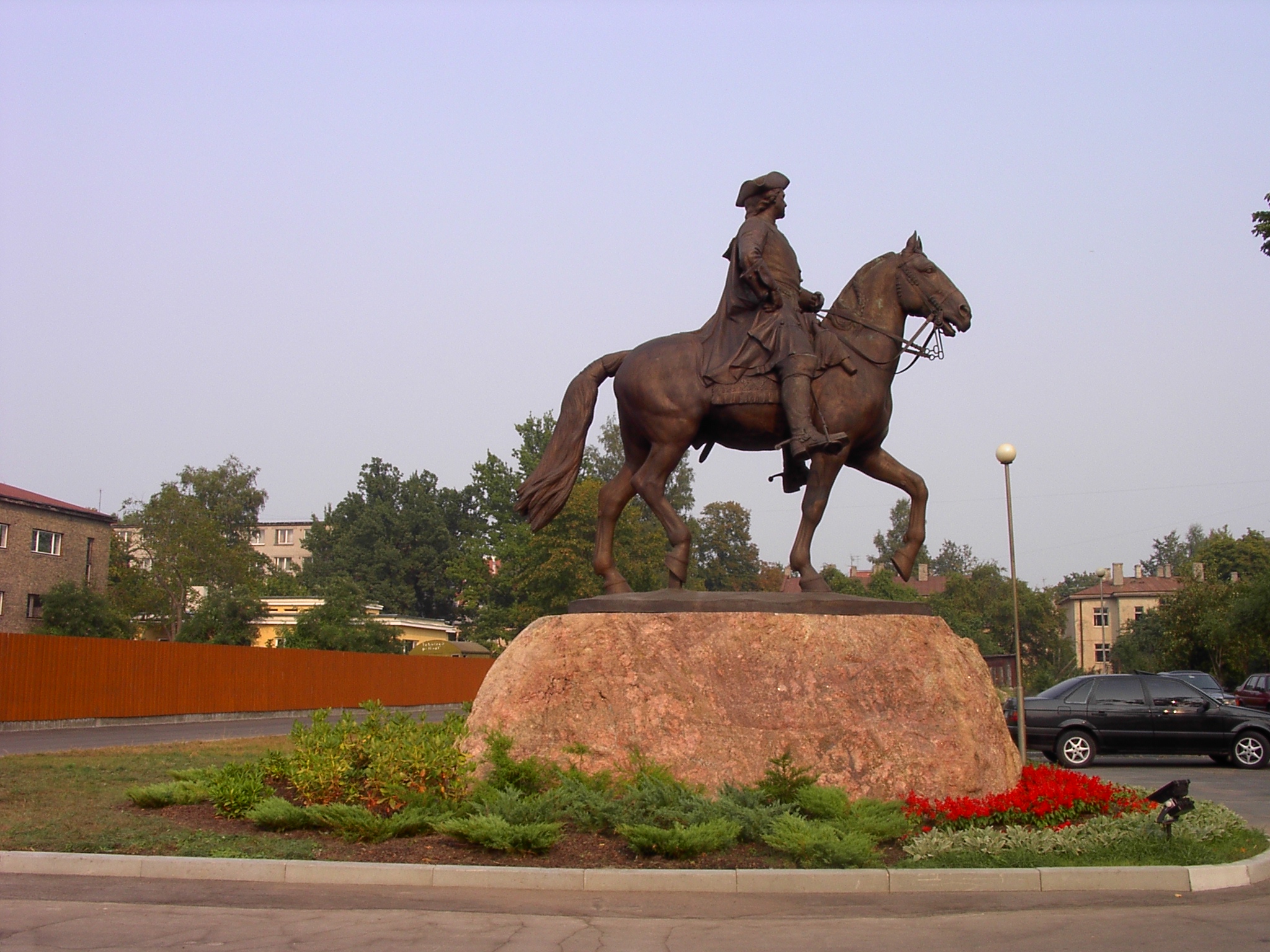
Since 2001 it was stored on the territory of Teikas Nami, in July 2020 the sculpture was moved to Jūrmala 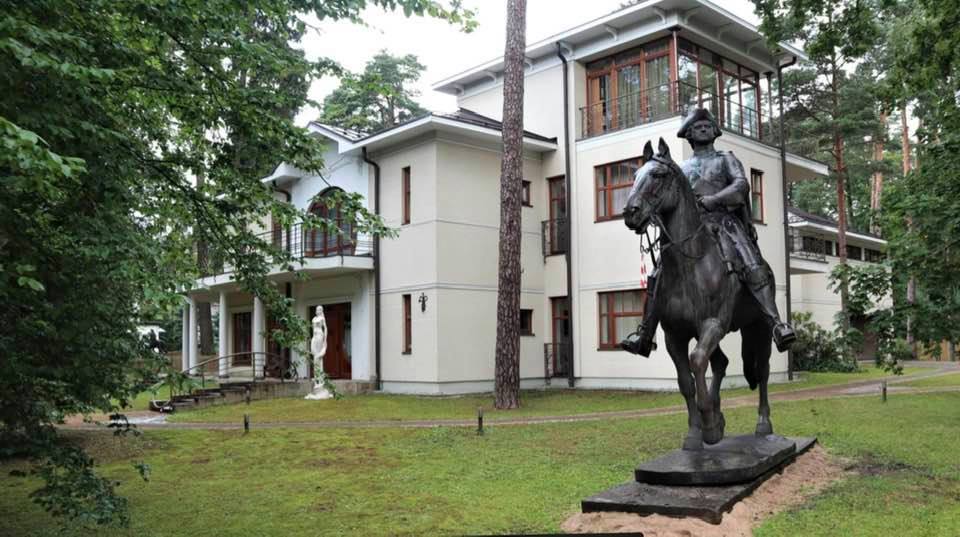
An exact copy of the Riga sculpture, made from casts of the original, was installed in 2003, during the celebration of the Tercentenary of St. Petersburg in the Konstantinovsky Palace, the residence of the President of Russia near St. Petersburg. 
On June 29, 2023, the Monument Agency of Riga City Council signed an exchange agreement, according to which the monument passed into the ownership of the family of Jevgenius Gombergs.